Three Years After Kabul Fell to the Taliban, Threats to America Are Rising
The terrorist groups operating out of Afghanistan are powered by fresh foreign funding and military equipment.
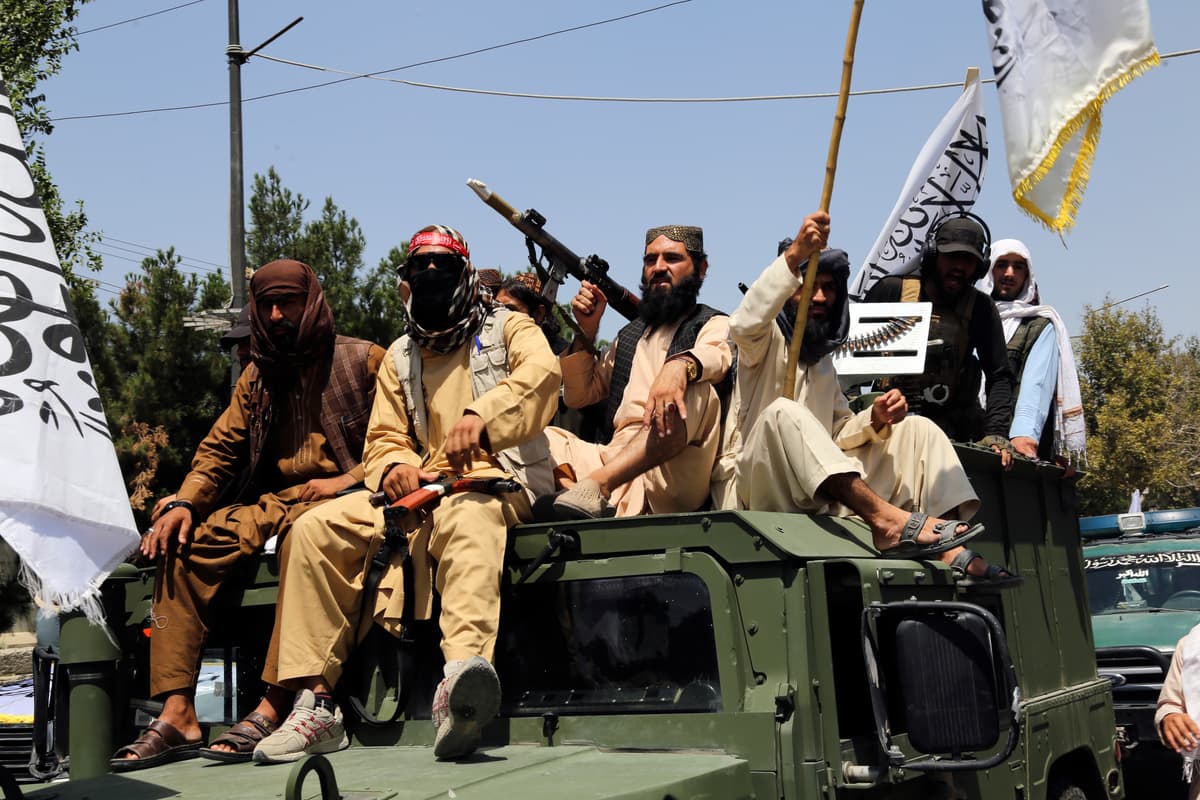
Tomorrow marks the three-year anniversary of the Taliban’s complete capture of Kabul following the withdrawal of U.S. and allied forces from Afghanistan — the final action of a 20-year war that dealt a decisive blow to America’s hold over the Middle East.
The 21 terrorist organizations now coalescing in the country pose a growing threat to America, and democratic resistance forces in Afghanistan are warning of a possible attack worse than 9/11. Yet the Biden administration appears to be sidestepping, if not aggravating, the problem, as it helps funnel billions of dollars to Afghanistan that could end up in the hands of the Taliban.
Unlike in the 1990s, when the Taliban first seized power in Afghanistan, the terrorist group is now buoyed by the conviction that it can drag NATO forces into a war, defeat its forces, and extract concessions from its partners wherever possible, the head of foreign relations for the National Resistance Front of Afghanistan, Ali Maisam Nazary, tells the Sun. “They have an emboldened narrative, which is helping them recruit and boost the morale of their fighters.”
This ideological stronghold is fortified by material prowess. The Taliban now has $7.1 billion worth of arms, equipment, and munitions left behind by American forces when Kabul fell, according to the Department of Defense. That adds to the $57.6 million directed to the former Afghan government from the Defense Department, State Department, and the Agency for International Development and likely seized by the Taliban.
“Afghanistan is an open black market of arms and munitions today,” serving as a training ground for other groups including Al-Qaeda and the Islamic State Khorasan, Mr. Nazary says. Amid the three-year anniversary this month, the terrorists paraded the weaponry at a former U.S. air base while chanting “death to America.”
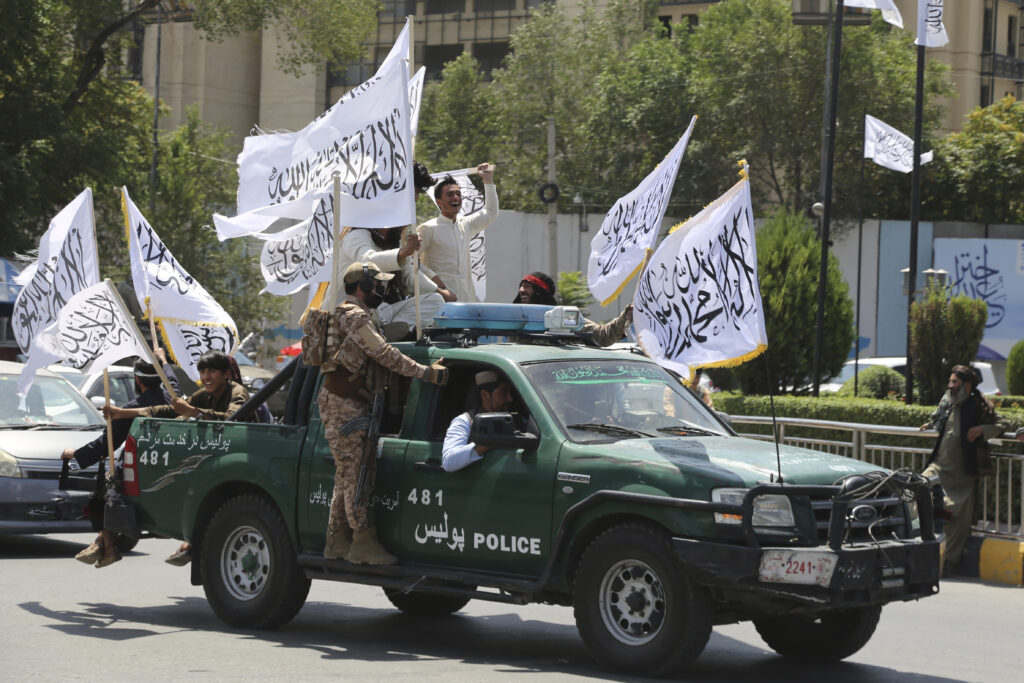
Not to mention the humanitarian crisis plaguing the Afghan people. Last week, the Taliban’s leader, Hibatullah Akhundzada, banned women from speaking and showing their faces in public under a new “Law on the Promotion of Virtue and the Prevention of Vice.”
“The Afghan economy has virtually tanked, and the human rights situation is egregious, especially for Afghan women, whose strides for gender equality have disappeared,” says Ambassador Paula J. Dobriansky, who spearheaded the U.S.-Afghan Women’s Council during her tenure as the under secretary of state for global affairs for President George W. Bush. She also helped re-establish Afghanistan’s first private university, the American University of Afghanistan, whose campus is now occupied by the Taliban.
UN Women, an entity of the world body, said it was “deeply concerned” about Afghanistan’s new morality law. Yet actions speak louder than words. As a former American government official who worked regularly on UN issues tells the Sun, “the UN practically ignores what the Taliban does to women and girls in Afghanistan. They are desperate to keep funds flowing to their employees and consultants” — even if the funds could be getting into the wrong hands.
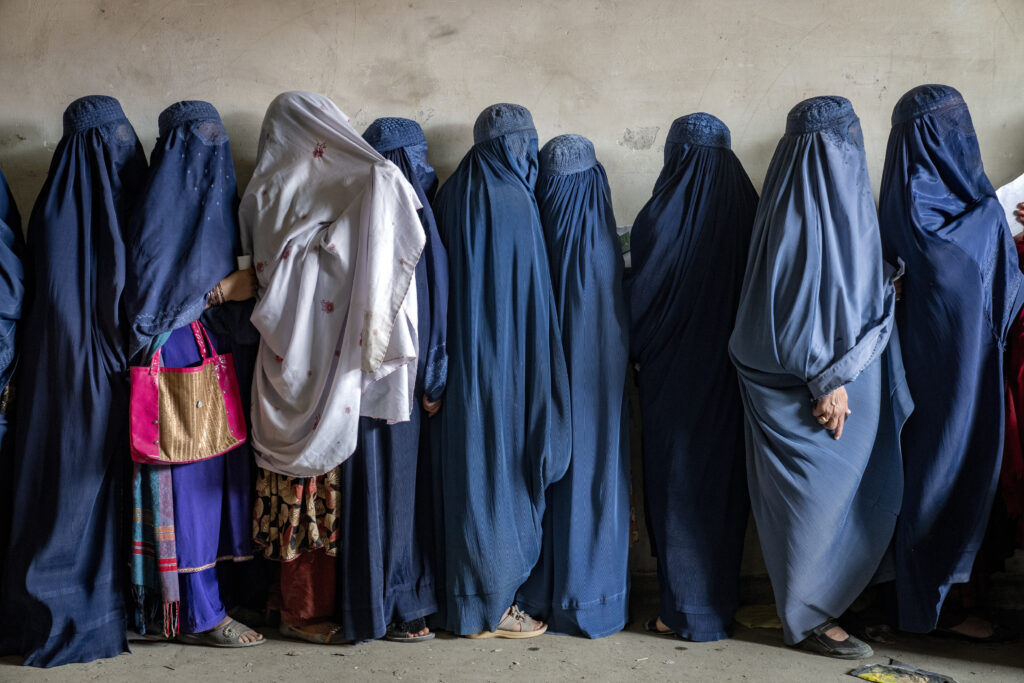
America, as the largest contributor of UN cash going to Afghanistan, has regularly sent shipments of $40 million in taxpayer money into Kabul from New York to pay UN staff and implementing partners, the president’s Special Inspector General for Afghanistan Reconstruction, or SIGAR, concluded last year.
In the wake of the August 2021 withdrawal, America and other donors withheld aid to Afghanistan and slapped the Taliban with sanctions. In 2022, however, UN agencies and its partners began purchasing and transporting U.S. currency into the country — to the tune of $2.9 billion so far, SIGAR reports. Also in 2022, SIGAR determined last month, two bureaus under the State department failed to sufficiently vet nearly $300 million in aid disbursed in Afghanistan.
The UN and U.S. funding was intended to ease Afghanistan’s liquidity crisis and meet the humanitarian needs of an estimated 23.7 million people at risk in a nation of 41 million. Yet it’s coming under criticism for propping up the Taliban by generating tax revenue and legitimizing the rule of the terrorist group, which takes credit for the food and healthcare services provided by foreign donors.
“Given the harsh stronghold the Taliban has on everything in Afghanistan, I question whether such aid is getting to its destination,” Ambassador Dobriansky says. Mr. Nazary says the money is “a lifeline for terrorism inside Afghanistan.”
Even if assistance isn’t going directly into the pockets of terrorist groups, cash is fungible. “Every time the Taliban doesn’t have to spend on medical care and food, they pay their fighters, develop training camps, and buy weapons and ammunition,” an analyst of the Global War on Terror at the Foundation for Defense of Democracies, Bill Roggio, who served in Iraq and Afghanistan, tells the Sun. “We were so eager to leave Afghanistan, but now we’re so eager to go back in — with money.”
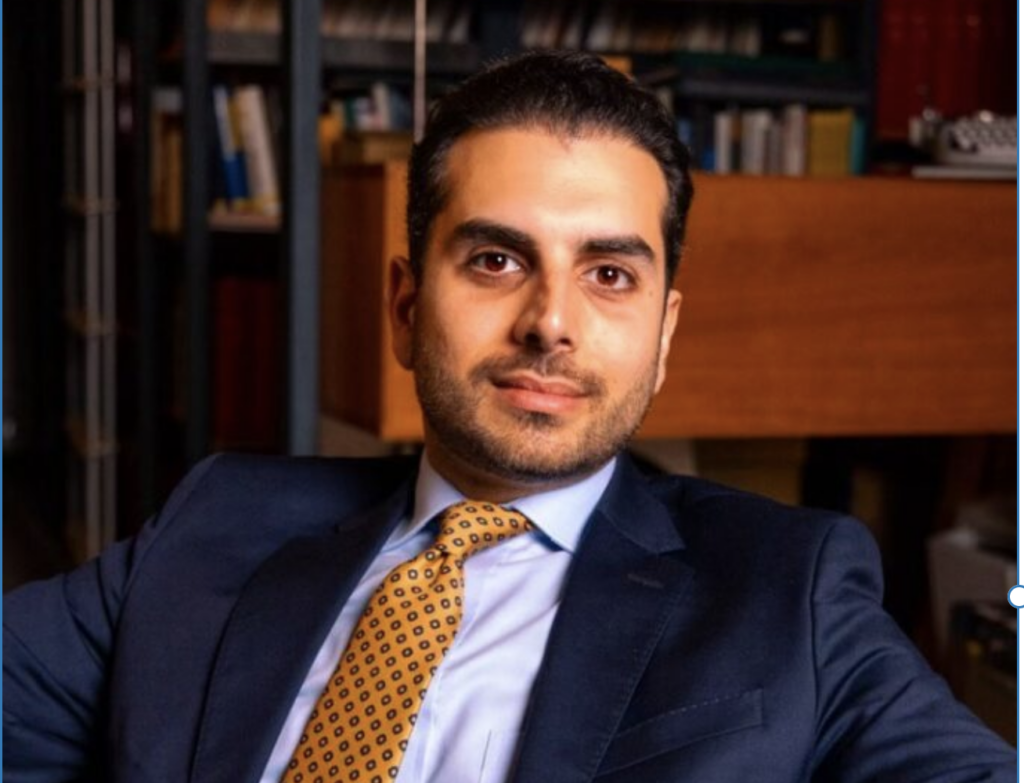
It’s nearly impossible for America to manage the threat of terrorism in Afghanistan without the boots it had on the ground three years ago. “We lost all of our intelligence capabilities. I think it went down 98 percent. It may even be a hundred percent now,” a former Navy SEAL officer, Shawn Ryan, tells the Sun. He worked alongside Afghan special operations forces during his several deployments to the country during the war. “It makes me wonder, why did I ever even serve if this was the outcome?”
While the Taliban controls the country’s main cities, the Afghan National Resistance Front, along with its partners, the Afghan Freedom Front and the Afghan United Front, is scattered in the mountains across twelve provinces. It has executed more than 25 attacks in Kabul in the past 3 months, and none of its fighters have died or been imprisoned, according to the NRF’s commander, Ahmad Massoud, in a recent interview with Mr. Ryan.
The anti-Taliban movement in Afghanistan is still nascent. It is stuck conducting low-level guerrilla operations and it lacks external support. “If the Biden administration did support resistance organizations,” Mr. Roggio says, “it would be an admission of failure of its policy of withdrawal.”
America doesn’t need to send troops back on the ground, Mr. Roggio says. Instead, America could help finance weaponry for resistance groups and establish a safe haven across the Afghan border with Tajikistan — just as it helped the Afghan mujahideen fight off the Soviets in the 1980s. U.S. special forces and CIA personnel could help the resistors organize. U.S. military air assets could target Taliban leaders and terrorist training camps.
“Set the Afghans up to control their own destiny,” Mr. Roggio says. “Let them take a shot at this and just give them the support that they need. Stay out of their way politically.”
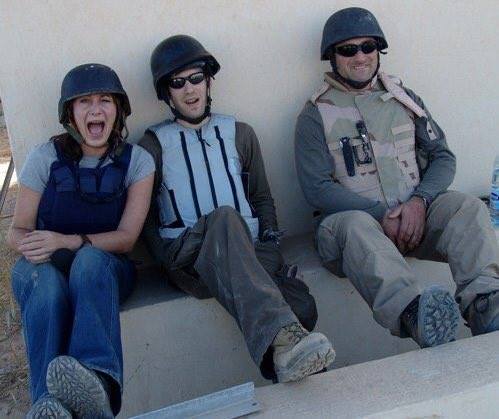
These fighters are the only allies America has left in Afghanistan, and they understand the challenges of the country’s terrain. “We’re fighting for democracy. We’re fighting for freedom. And we’re trained for counter-terrorism,” Mr. Nazary says.
Mr. Ryan, the former Navy SEAL, has launched a petition to bring the NRF commander, Mr. Massoud, to testify before Congress over the question of U.S. financial support to the Taliban. The petition has so far amassed more than 300,000 signatures. Meanwhile, Congressman Tim Burchett of Tennessee has introduced a bill to “require a strategy to oppose financial or material support by foreign countries to the Taliban.” It passed the House in June.
Recent plots in Europe should be a wakeup call to Washington. Ahead of the Olympic opening ceremony in neighboring France, three suspected members of the Islamic State Khorasan were charged with planning a terrorist attack in neighboring Belgium. Earlier this month, Austrian authorities arrested three teenage ISIS sympathizers who planned to “kill as many people as possible,” as one of the suspects reportedly said, at a Taylor Swift concert in Vienna.
The terrorist groups in Afghanistan want to overthrow governments that are friendly to America across Europe, the Middle East, South America, and Central Asia, Mr. Roggio says. “They want to build their caliphate. That’s the real goal. The attacks are merely a means to that end.”
A growing vulnerability in America is the porous southern border. In June, eight men from Tajikistan with potential ties to ISIS were arrested in New York, Philadelphia, and Los Angeles. All of them crossed through the U.S. southern border, officials said, and their criminal background checks came back clean. The individuals have not yet been charged with a terrorist plot and are in ICE custody.
“The U.S. government should do everything in its power to secure our border so that would-be terrorists cannot come in,” a Harvard professor of government and a former assistant secretary of state, Graham Allison, tells the Sun. “Then it should shake all of the trees of both our own and our friends’ intelligence communities about any of the people who may already be here, planning or plotting something.”
Mr. Allison looks to the example of President Clinton, who, with the help of foreign partners, ordered his intelligence agencies to conduct sweeping operations that targeted suspected terrorists amid reports that Osama bin Laden and Al-Qaeda were planning multiple attacks to coincide with the turn of the millennium. That order put on high alert immigration officers, who in December of 1999 arrested Al-Qaeda operative Ahmed Ressam and stopped a planned attack on the Los Angeles International Airport.
“I hope nobody’s planning to do something like this, but I’m not counting on that,” Mr. Allison says. “So I’m hoping even more that we catch them and find them before they’re successful.”
Mr. Roggio points out that there were eight years between the first terrorist attack on the World Trade Center in 1993 and the second on September 11, 2001. “Al-Qaeda is strategic. It thinks long term. It’s patient. That’s what makes organizations like it very dangerous.”
Mr. Nazary warns that “an attack can happen any second.” His message to whoever wins the election in November is, “take Afghanistan seriously. If not, we will face the consequences.”

